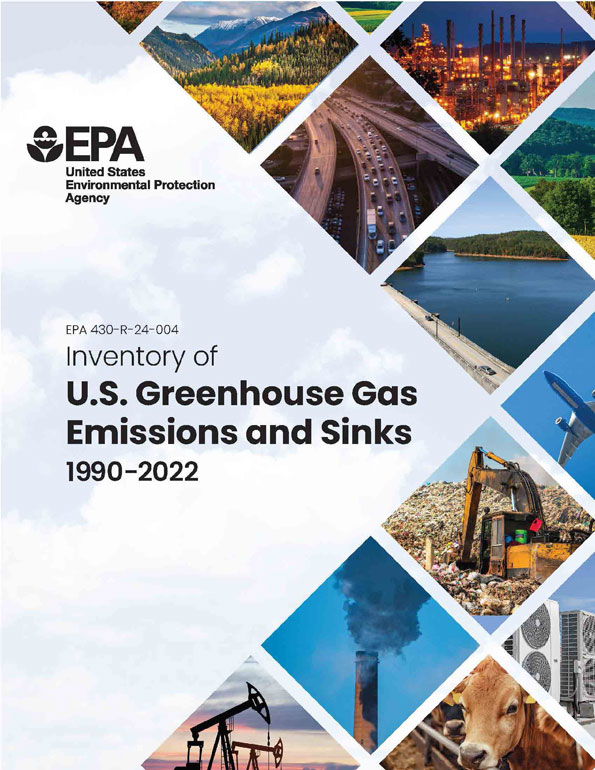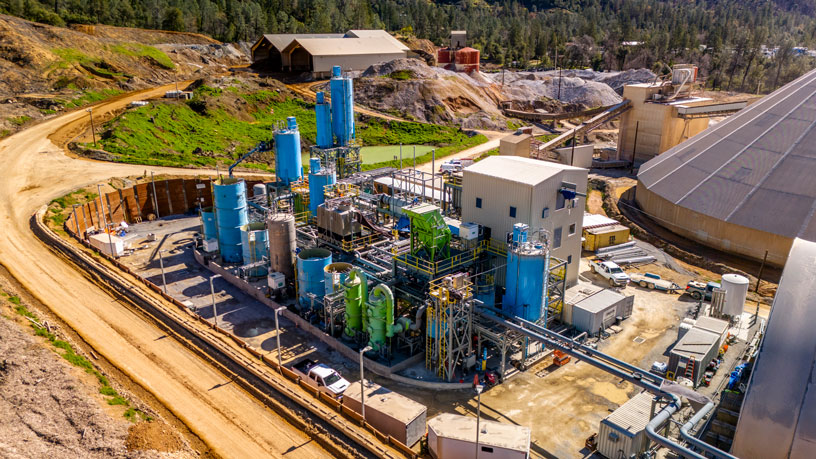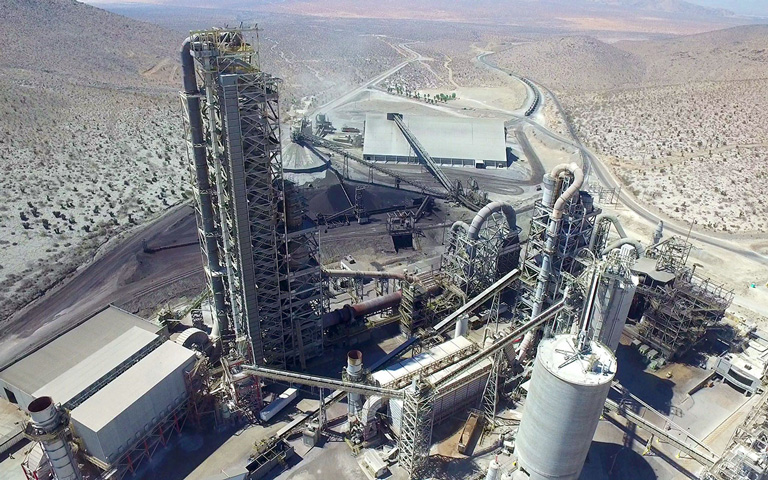The latest Environmental Protection Agency (EPA) Inventory of U.S. Greenhouse Gas Emissions and Sinks, presenting a national-level overview of annual greenhouse gas emissions from 1990 forward, cites 2022 GHG emissions of 5.489 billion metric tons (Gt) of carbon dioxide equivalent, a 1.3% increase from the prior year.

The GHG Inventory factors emissions of CO2, methane, nitrous oxide, hydrofluorocarbons, perfluorocarbons, sulfur hexafluoride and nitrogen trifluoride – all pegged for their global warming potential when released to the atmosphere.
Actual CO2 emissions in 2022 climbed just over 5 Gt, of which 41.9 million metric tons (Mt), or 0.008%, involved U.S. cement plants’ 80.5 Mt of clinker production. Combustion in cement calcining and kiln phases accounts for nearly a quarter of the 168.9 Mt of CO2 emissions in the GHG Inventory Industrial Products and Product Use (IPPU) chapter. Additional CO2 emissions attributable to the generation of electricity consumed in processing and finishing clinker and cement are pooled in the GHG Inventory Energy chapter. Under Energy, IPPU accounts for just over 800 Mt of CO2 emissions, tallied from iron & steel, petrochemical plus specialty chemical or metallic compound production, along with cement.
“Through a rigorous development and review process, EPA annually refines and strengthens our inventory, producing a comprehensive tally of U.S. greenhouse gas emissions and sinks,” said Assistant Administrator for the Office of Air and Radiation Joseph Goffman. “Reflecting input from hundreds of experts across the government, academia, industry, and consulting, the GHG Inventory report is a model for high-quality and transparent national GHG accounting.”
The agency has published the GHG Inventory as an impartial, policy neutral report since 1993, he added, submitting it to the United Nations Framework Convention on Climate Change.



